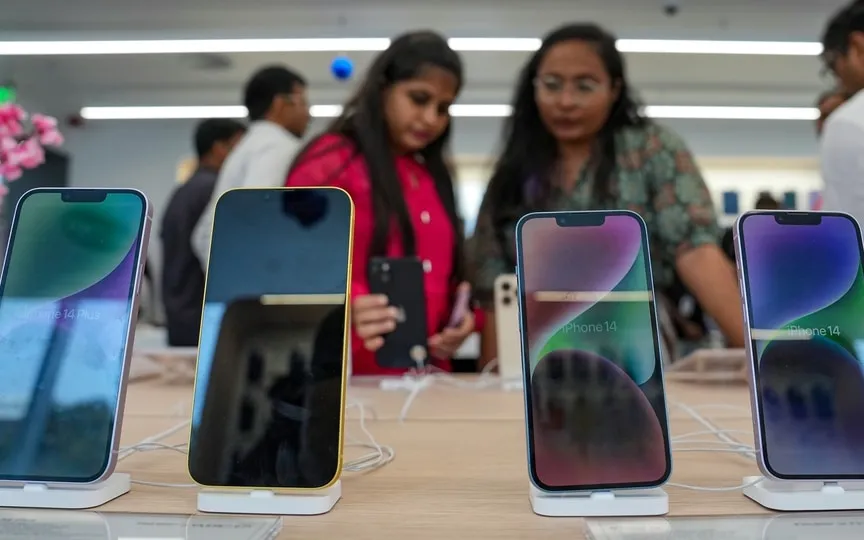Apple WWDC 2023: Highlights from 1st Gen iPhone to Apple Watch
The much-anticipated Worldwide Developers Conference 2023 (WWDC) is fast approaching, scheduled to run from June 5 to June 9. Although the event will be held virtually, a special group of developers and students will receive an exclusive invitation to Apple Park for an exceptional experience. This event has become an iconic gathering for tech enthusiasts worldwide.
As we look forward to the upcoming WWDC conference, let’s take a look back at some of the greatest moments in Apple’s history, all focused on change.
In June 2007, Apple made a groundbreaking move by launching the first generation iPhone in the United States. Introduced by Steve Jobs, this innovative device combines an iPod, mobile phone and Internet communication device in one device. With a 3.5-inch screen, multi-touch display and advanced features, the original iPhone set a new standard for smartphones.
The following year, in July 2008, Apple introduced the iPhone 3G, which not only brought 3G data and GPS, but also brought us the App Store. This digital marketplace allows users to explore and download a wide range of third-party apps, revolutionizing the mobile experience.
In June 2010, Apple surprised the world once again by introducing the iPhone 4. This model has a Retina HD display, the first front camera and other great features. The iPhone 4 has quickly become the best smartphone available and has been praised for its design, performance and overall user experience.
In October 2011, Apple released the iPhone 4s, which unfortunately coincided with the death of Steve Jobs. This device introduced Siri, an intelligent personal assistant, along with several improvements such as iOS 5, iMessage and iCloud. Despite the harsh conditions, the iPhone 4s gained popularity and was considered a great device. Much of its design can be seen in the current iPhone.
In September 2014, Apple took a step towards larger screens with the release of the iPhone 6 and iPhone 6 Plus. These models featured faster processors, improved cameras, and larger screens that set a new direction for subsequent iPhone generations.
During the same month, Apple revealed a new chapter in its story with the Apple Watch. Originally positioned as a fashion accessory, the Apple Watch has since proven to be a great fitness companion, a versatile device capable of wireless payments and more.
In September 2017, Apple celebrated its first event at the Steve Jobs Theater, presenting the iPhone X. This iconic device features an OLED display, Face ID and an edge-to-edge display. It also removed the Home button, bringing a new level of innovation to the smartphone industry.
The following years saw the introduction of more impressive devices, such as the iPhone XS, iPhone XS Max and iPhone XR in September 2018 and the iPhone 12 series in October 2020, which offered support for 5G networks, better cameras and improved performance. .
In September 2021, Apple introduced the iPhone 13 series with advanced dual camera systems, improved durability and longer battery life. These models demonstrated Apple’s commitment to providing superior technology and user experience.
Recently, in September 2022, Apple stunned its audience by announcing the never-before-seen Apple Watch Series 8 and Apple Watch Ultra. These devices are packed with amazing features like improved water resistance, fault detection and exceptional fitness tracking capabilities. The iPhone 14 has smart technologies, including direct satellite calls.
When we reflect on these great moments, it’s clear that Apple has continuously revolutionized the technology industry. The company’s commitment to innovation and excellence has created a lasting impact on how we use and interact with smartphones and wearables.




